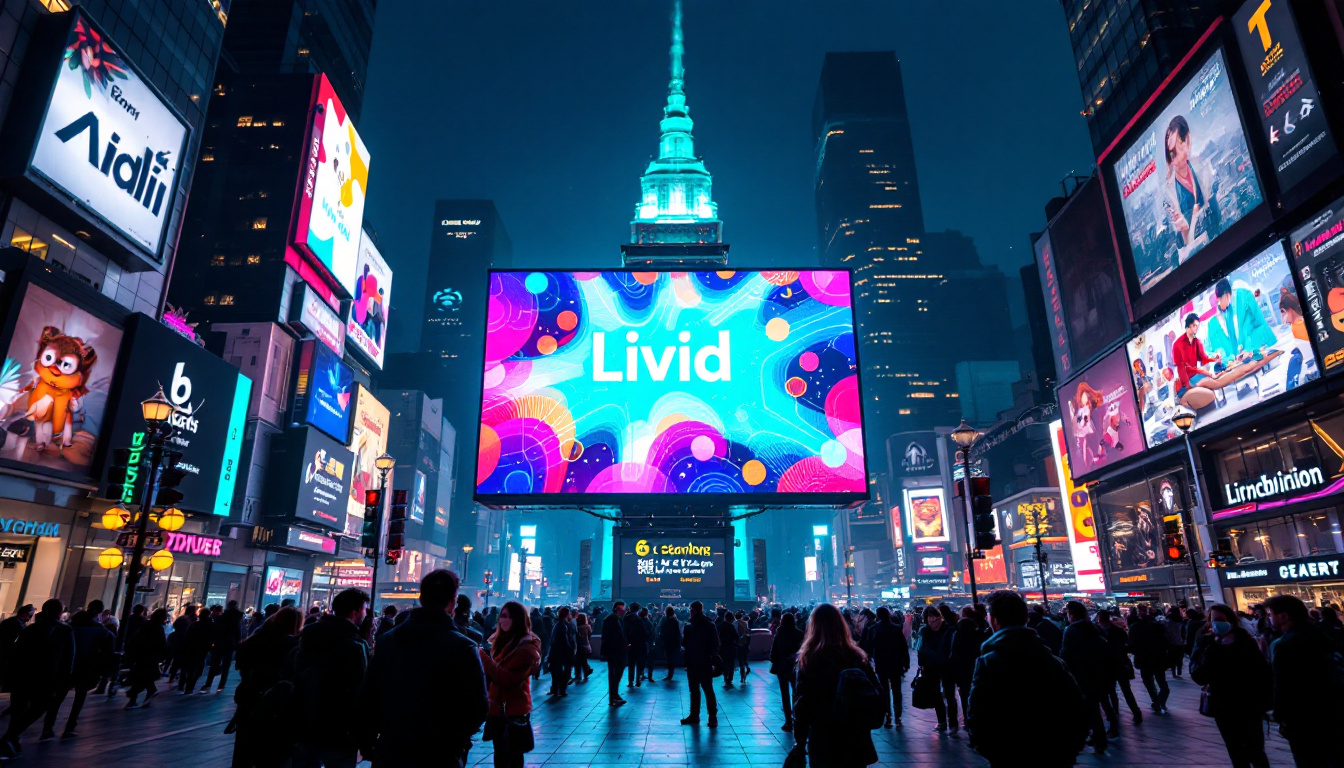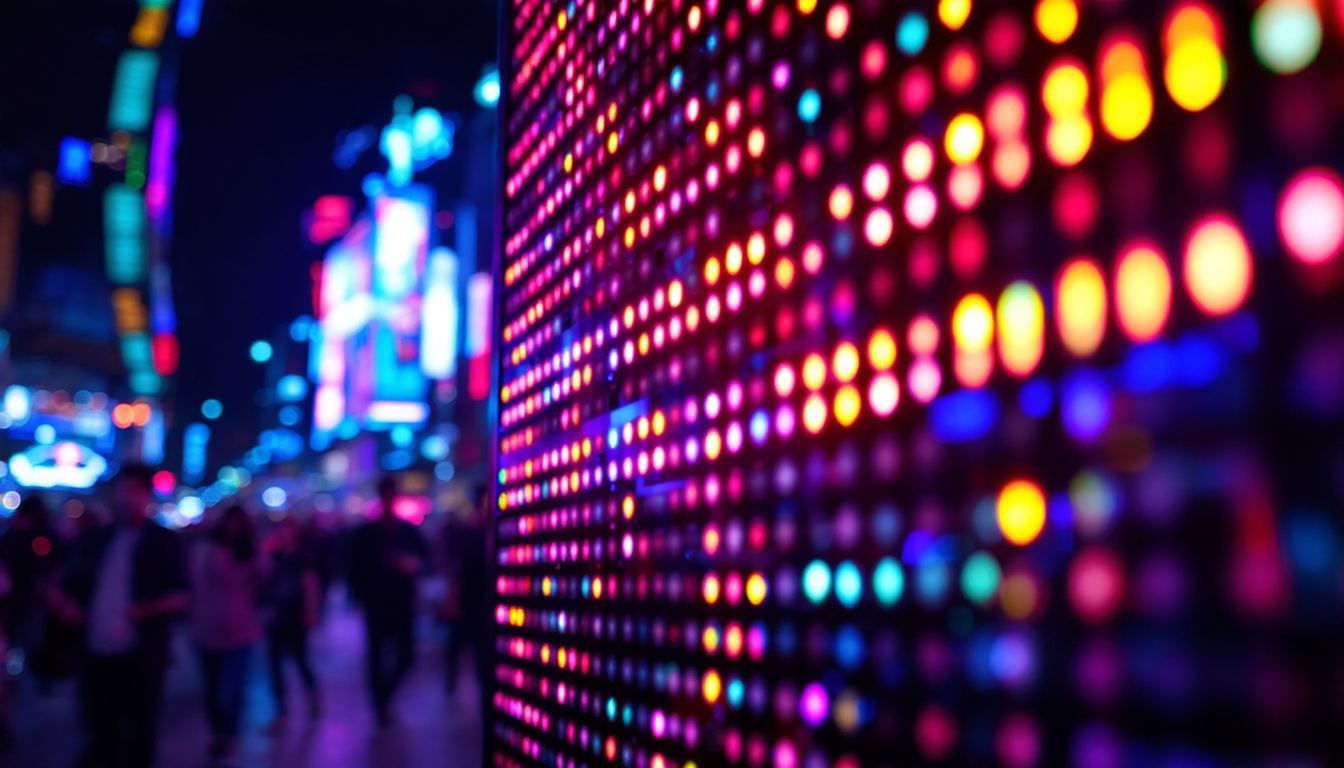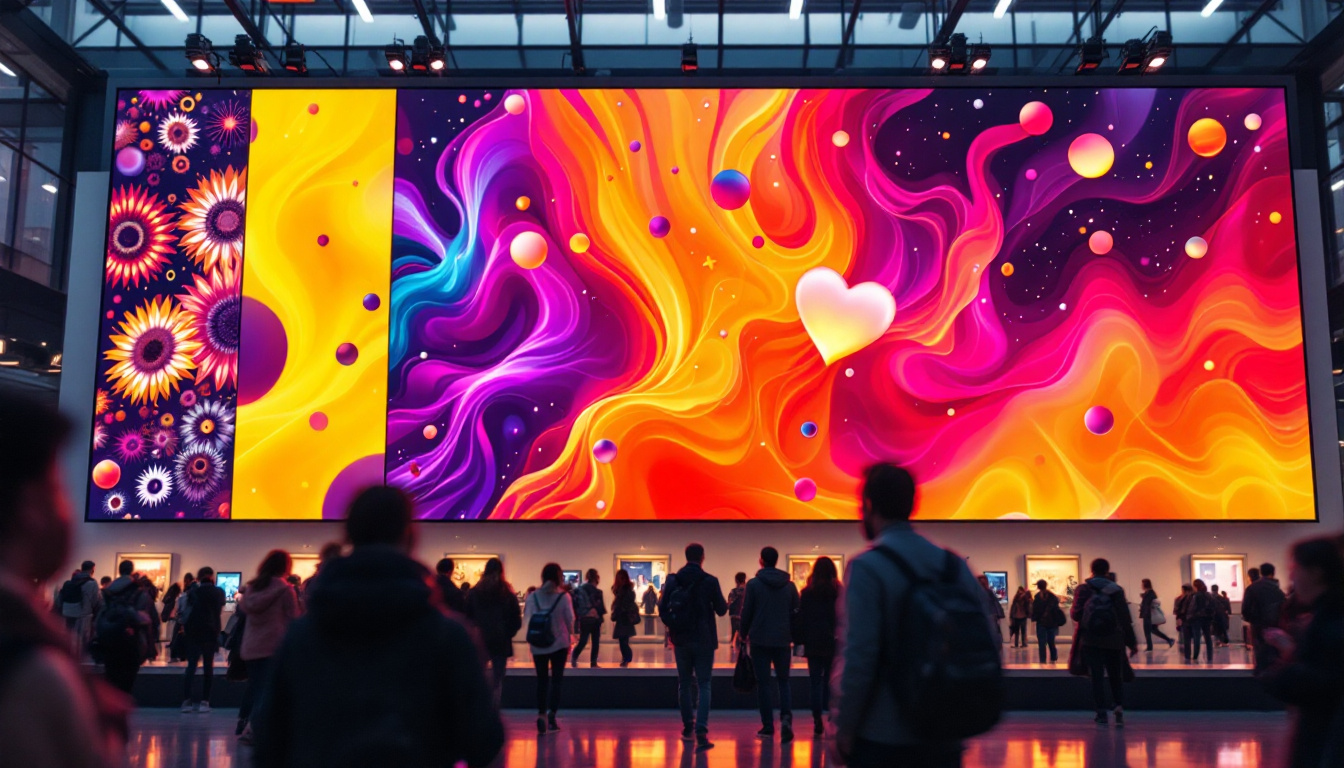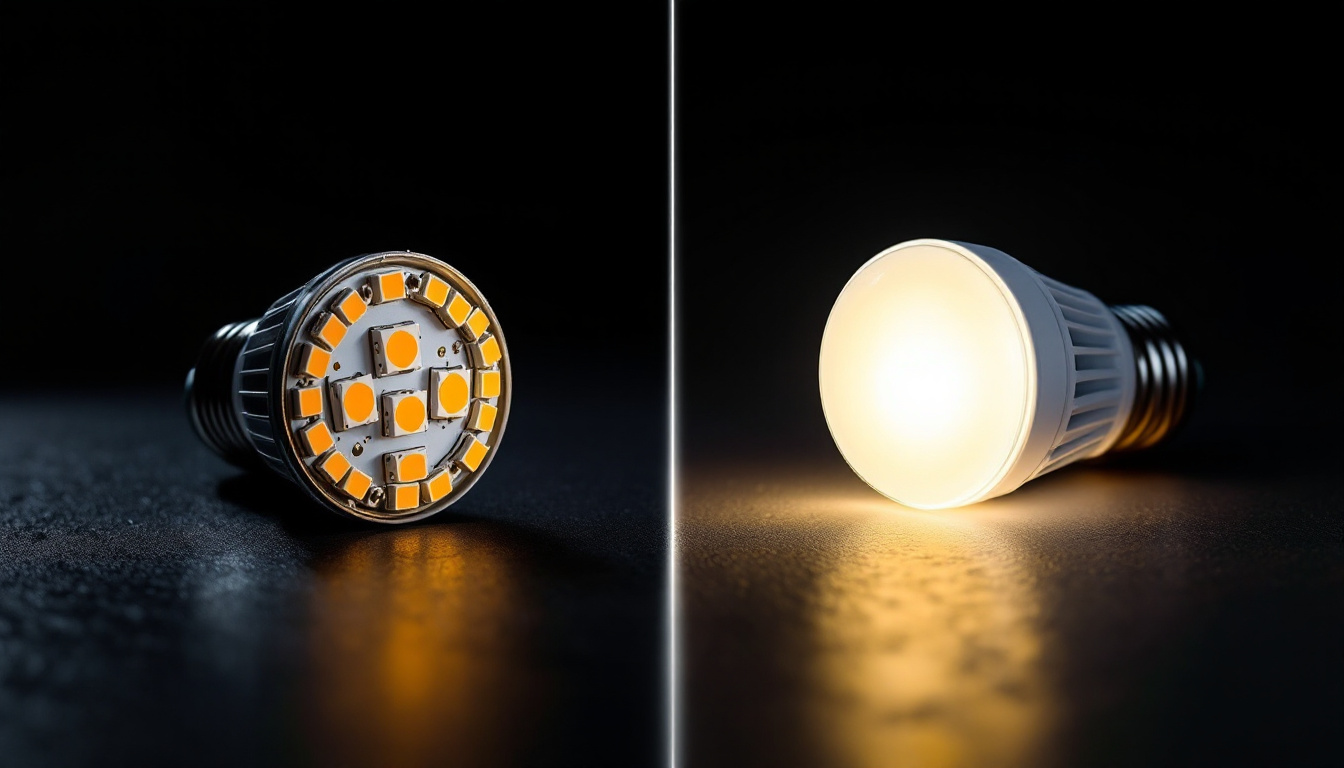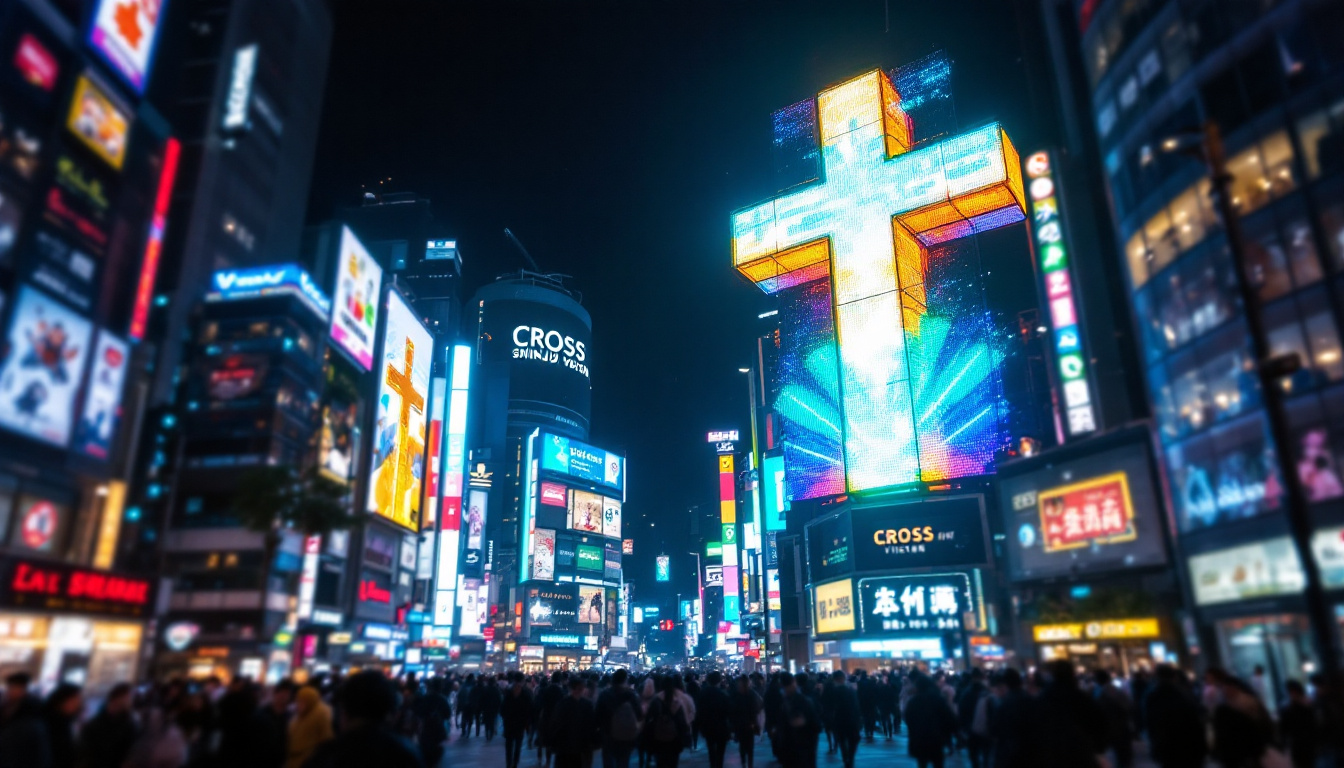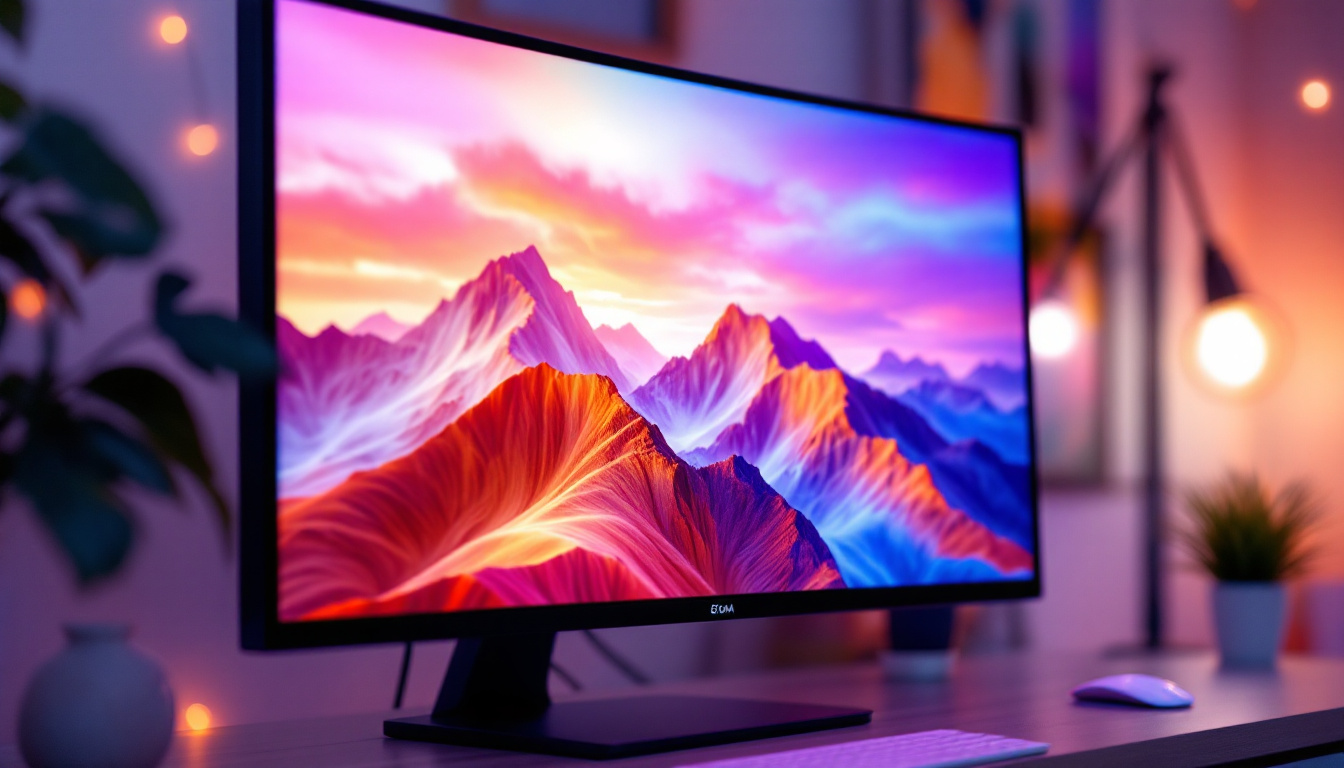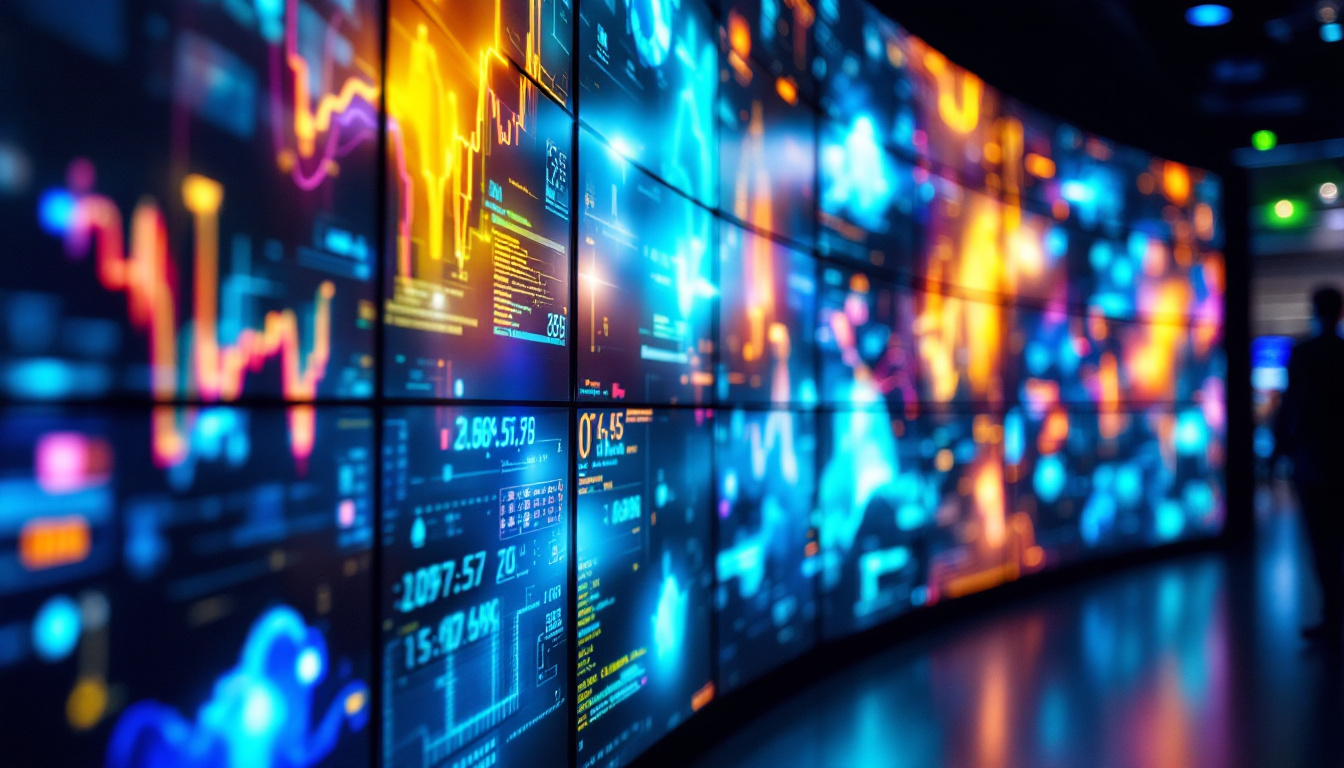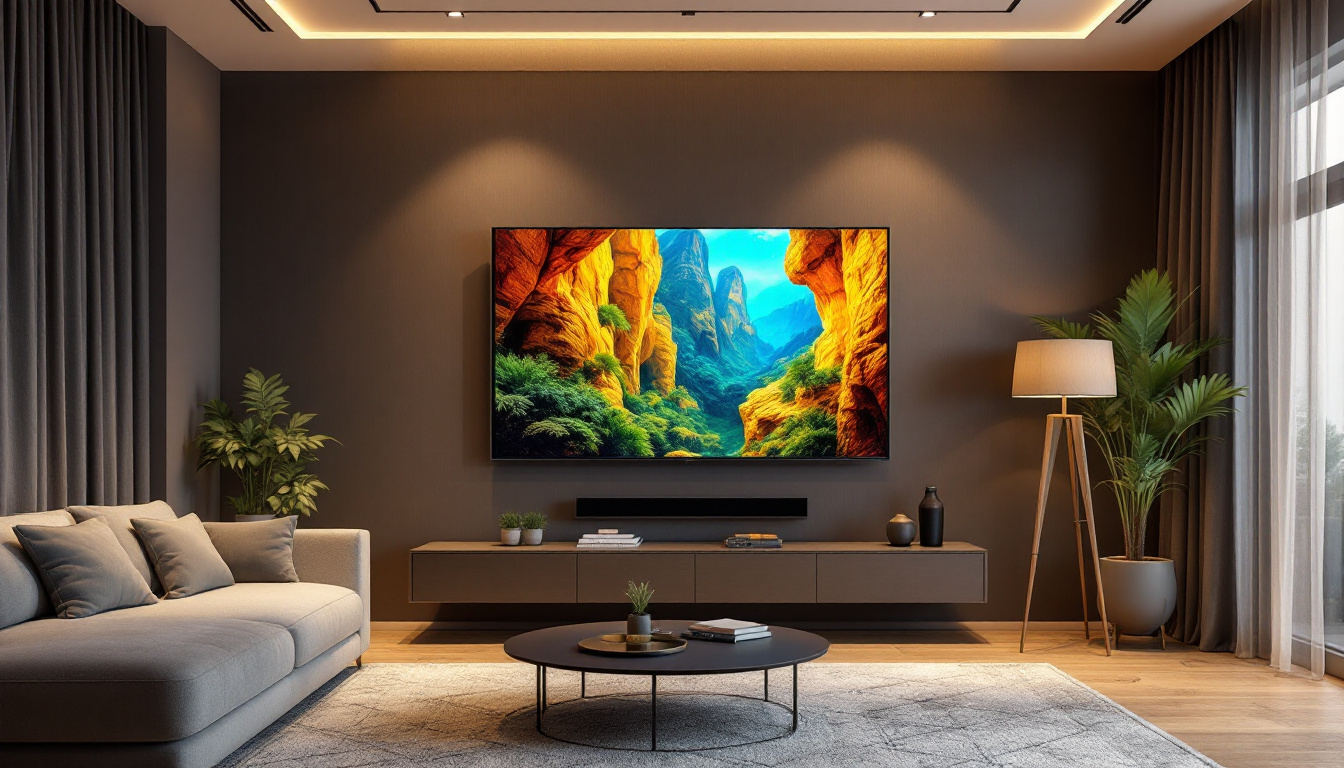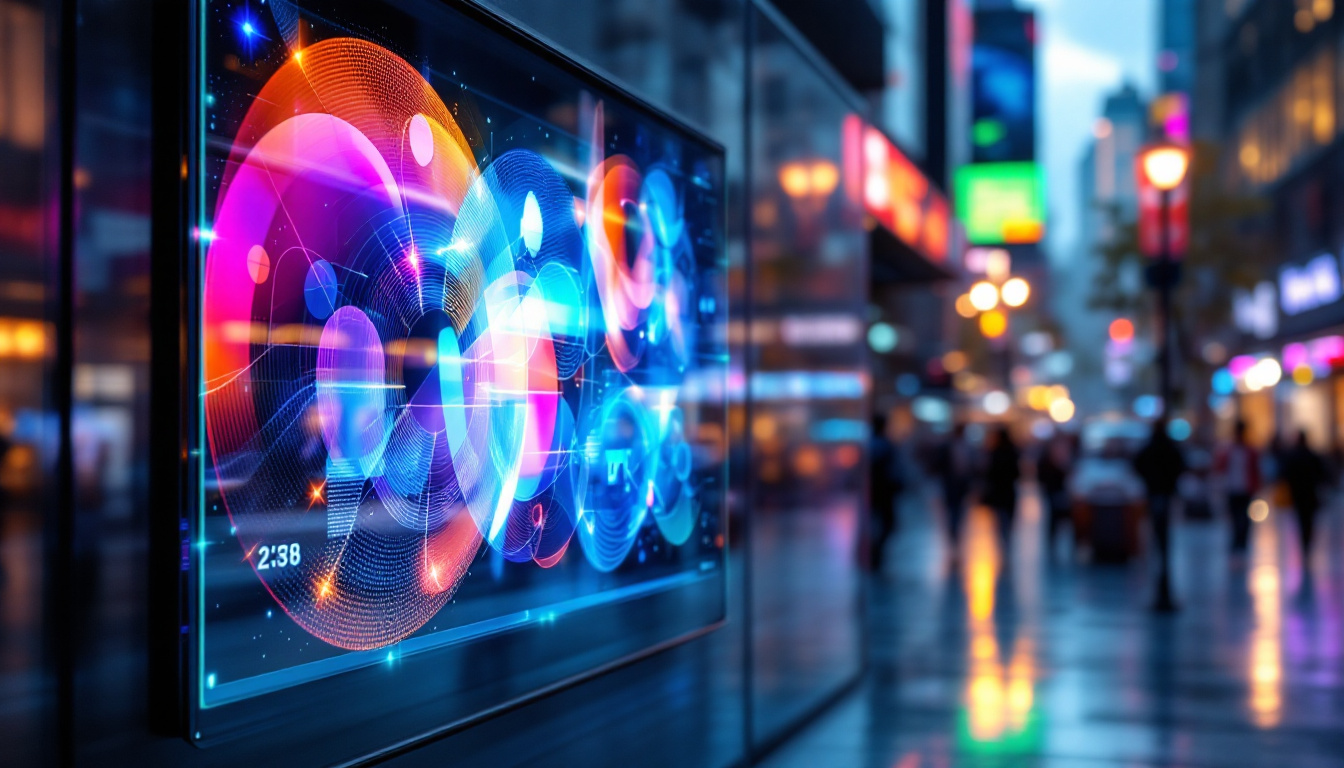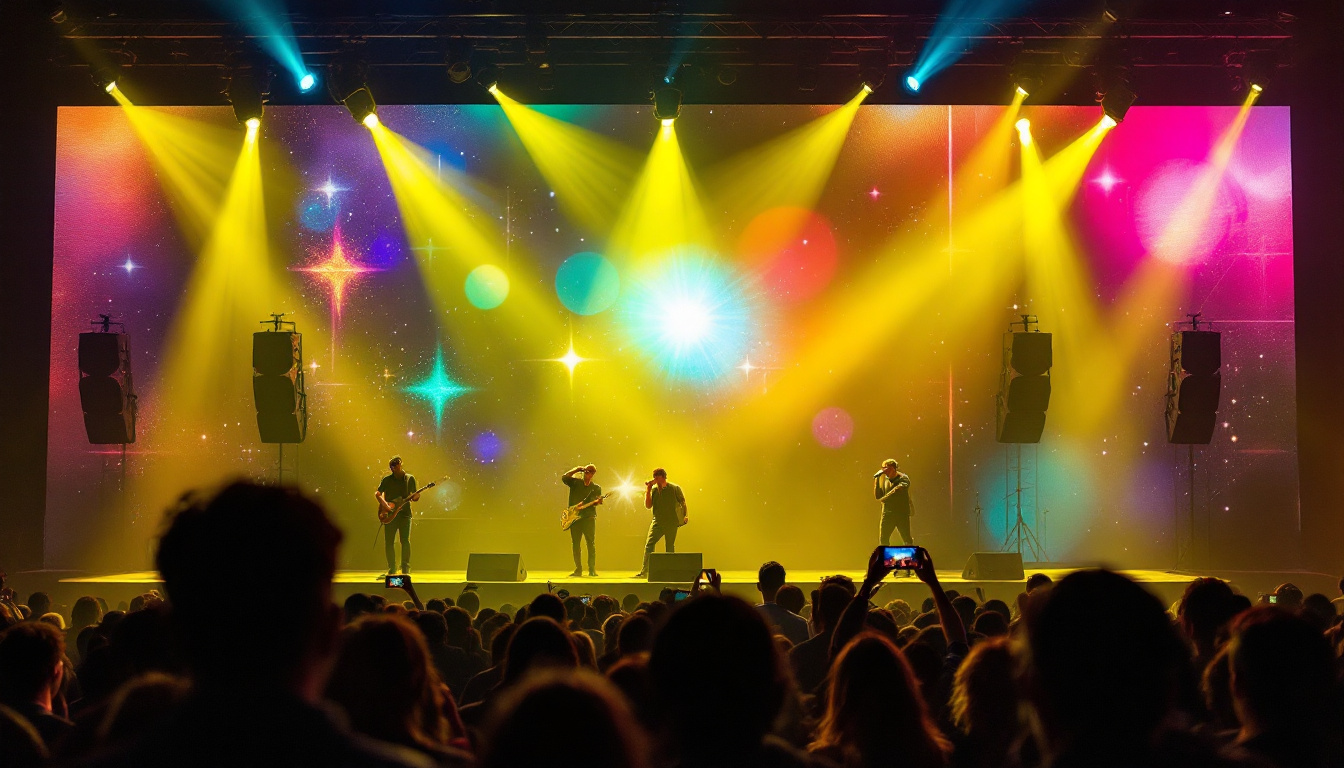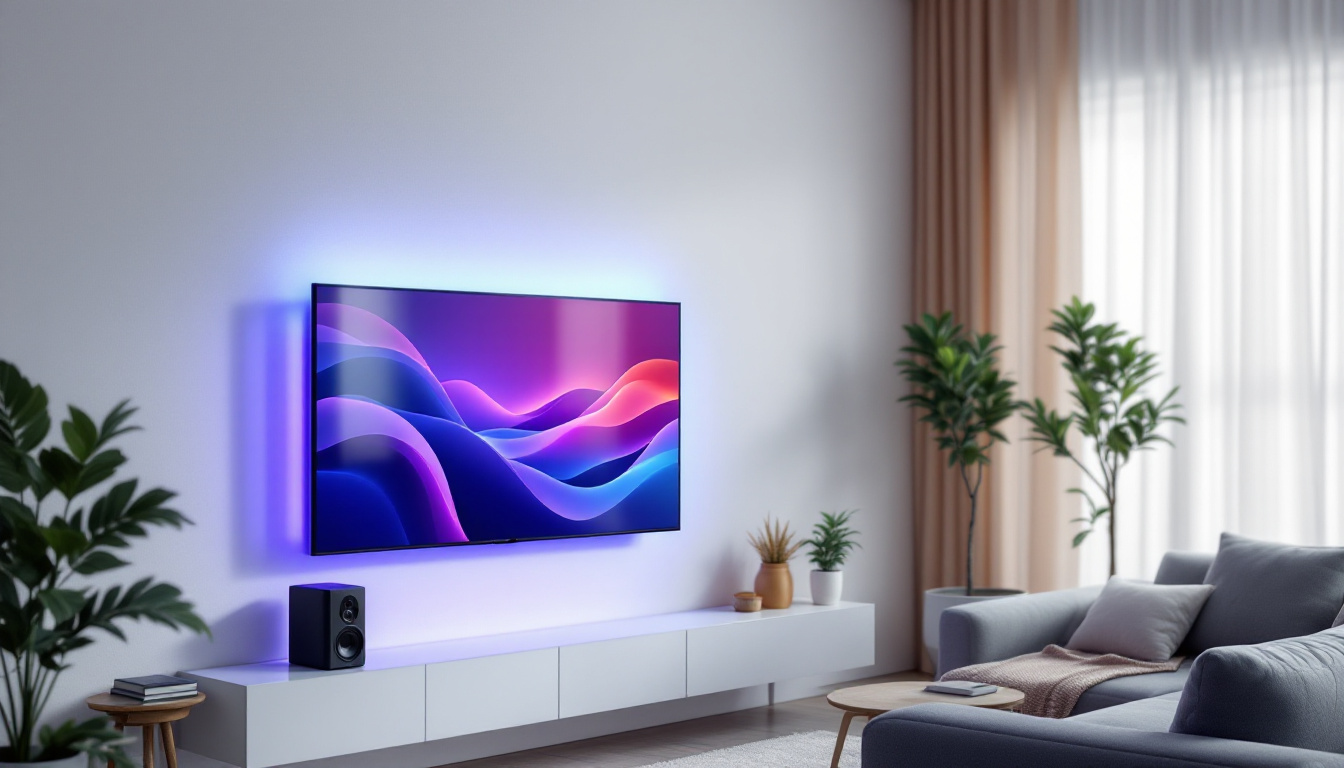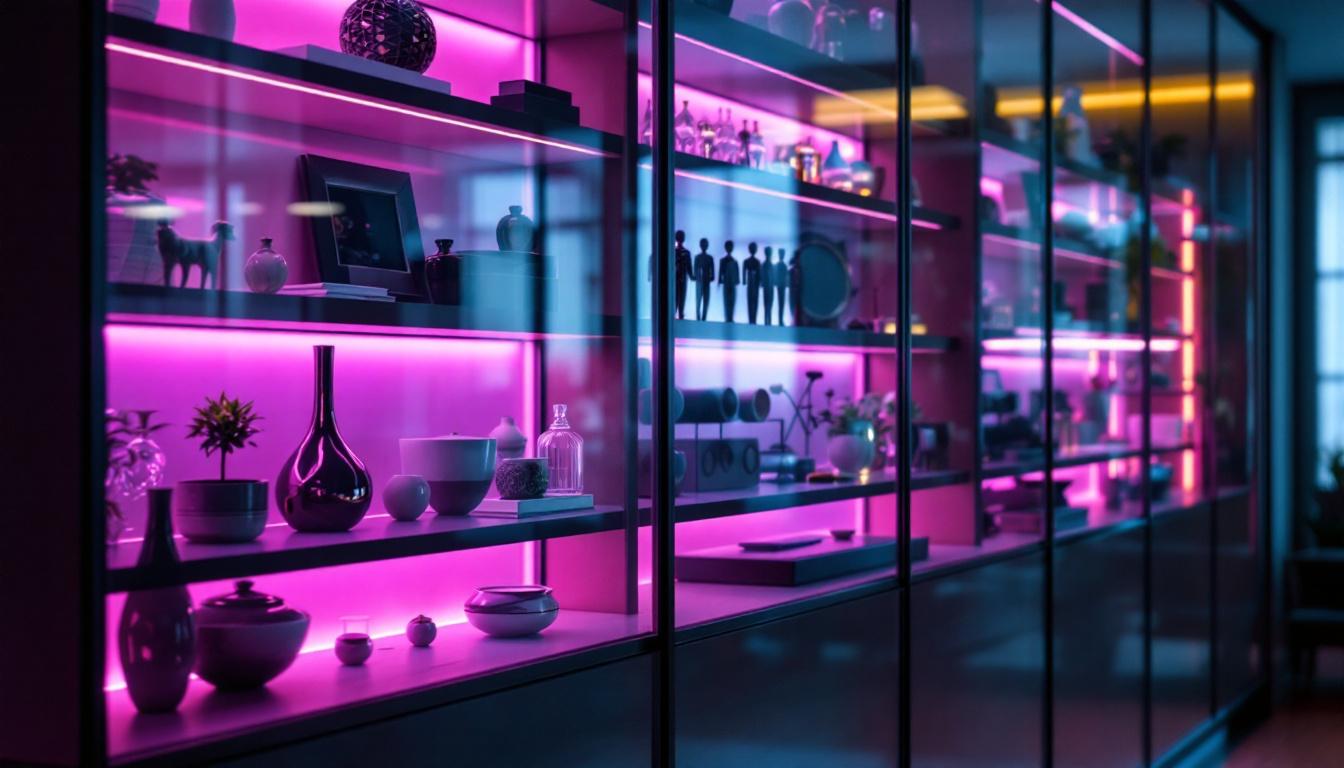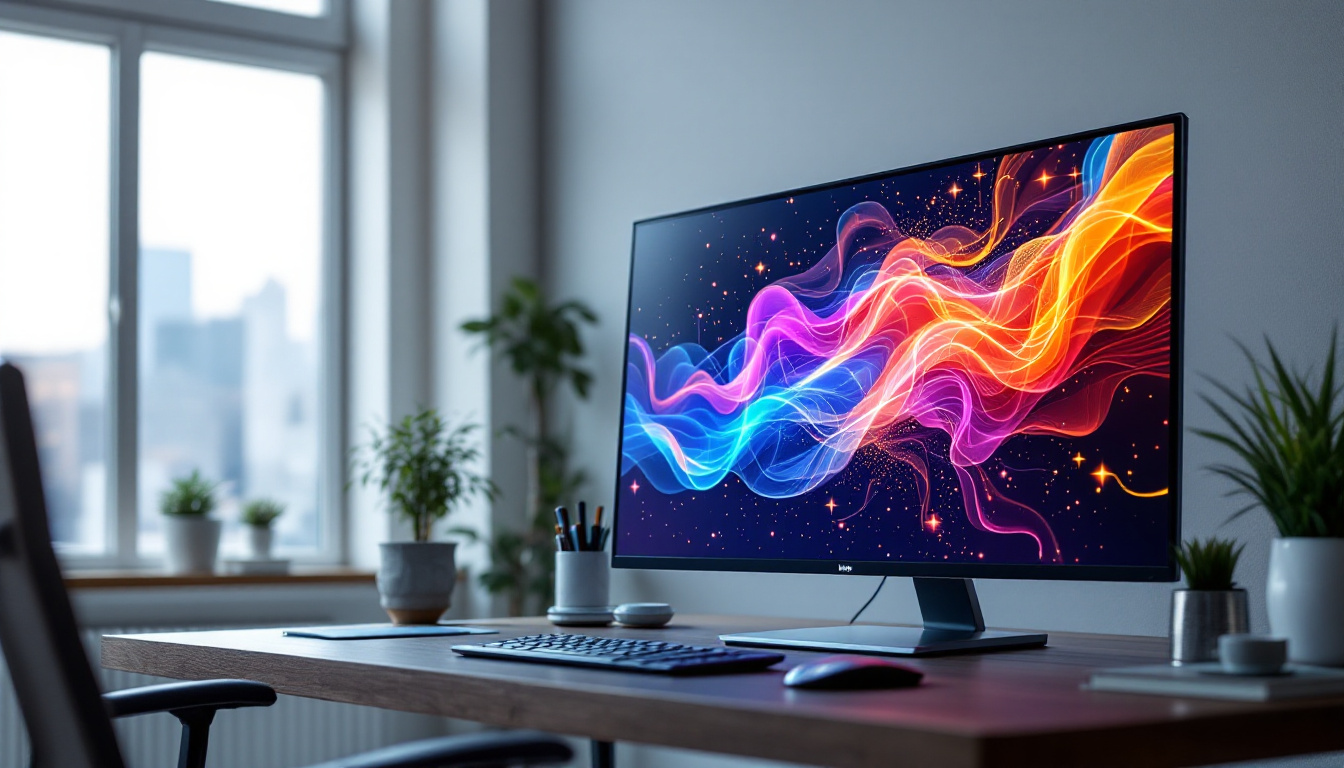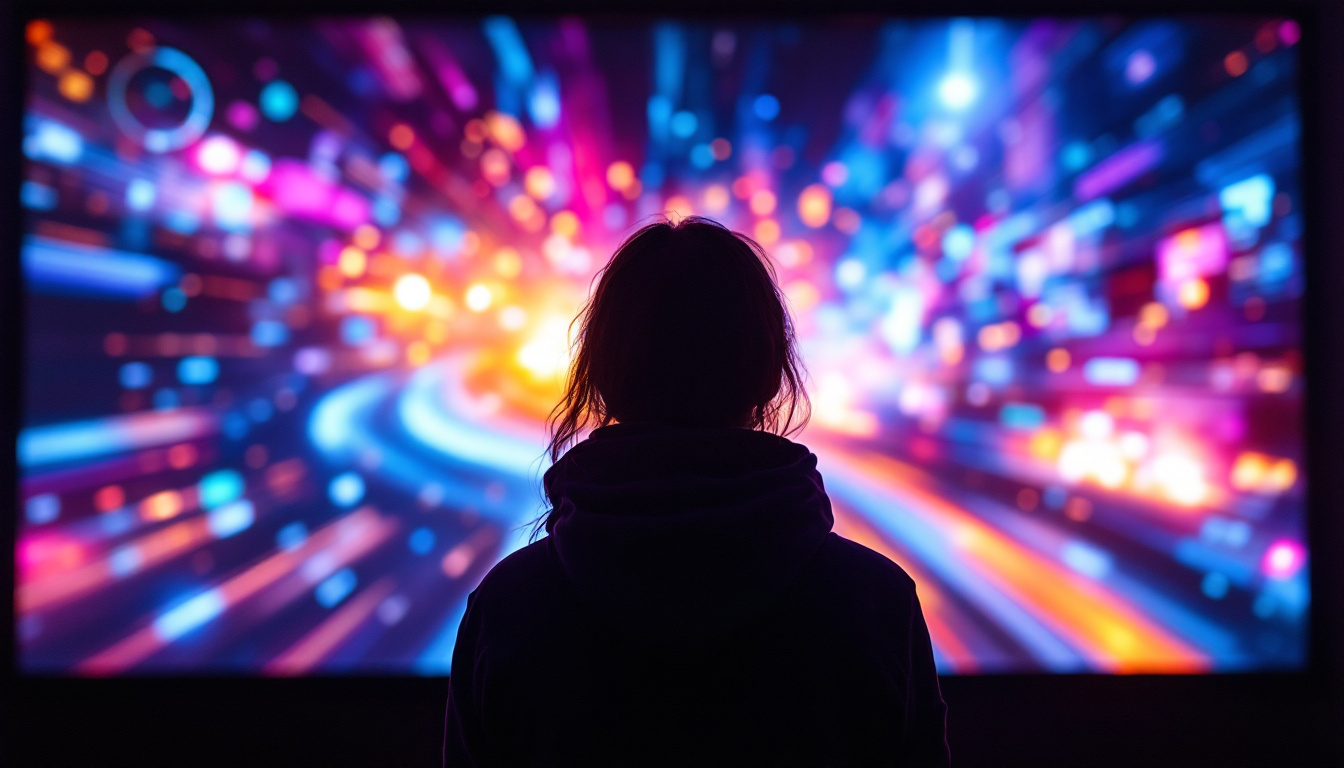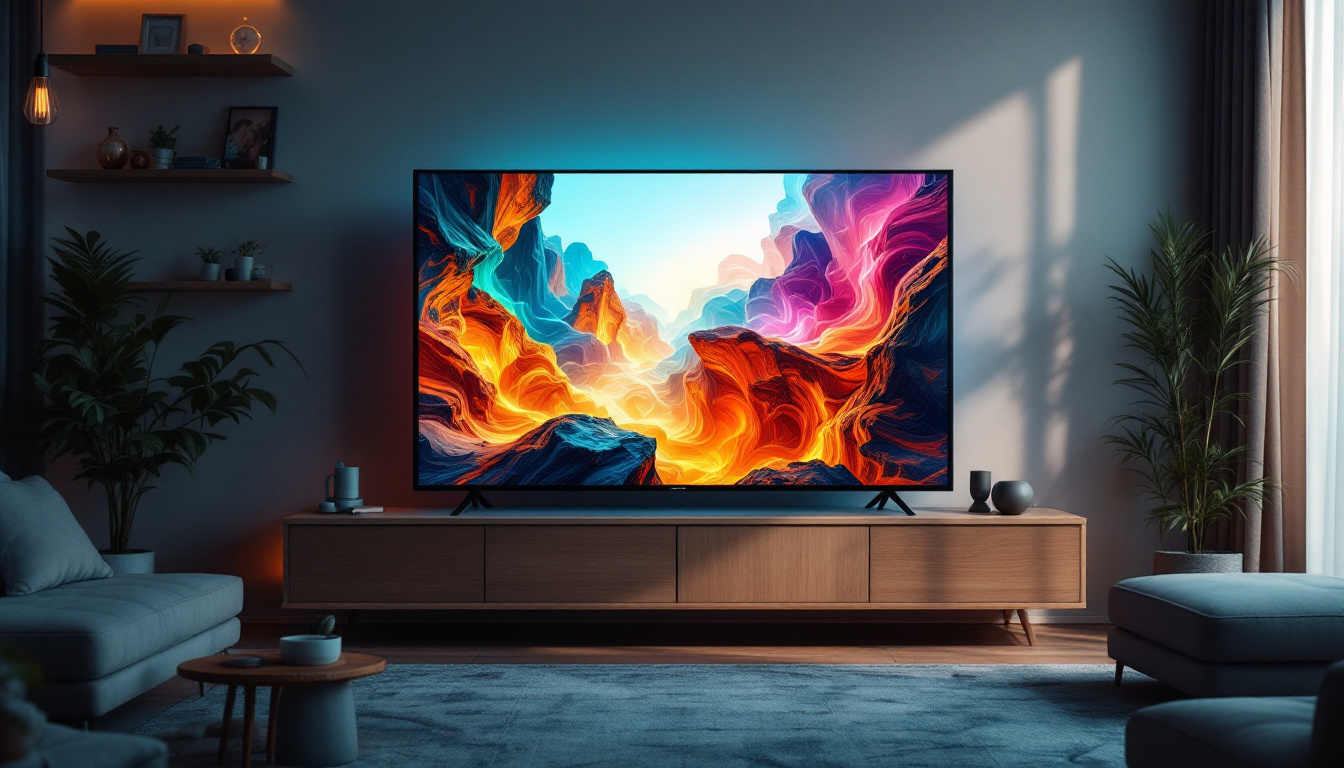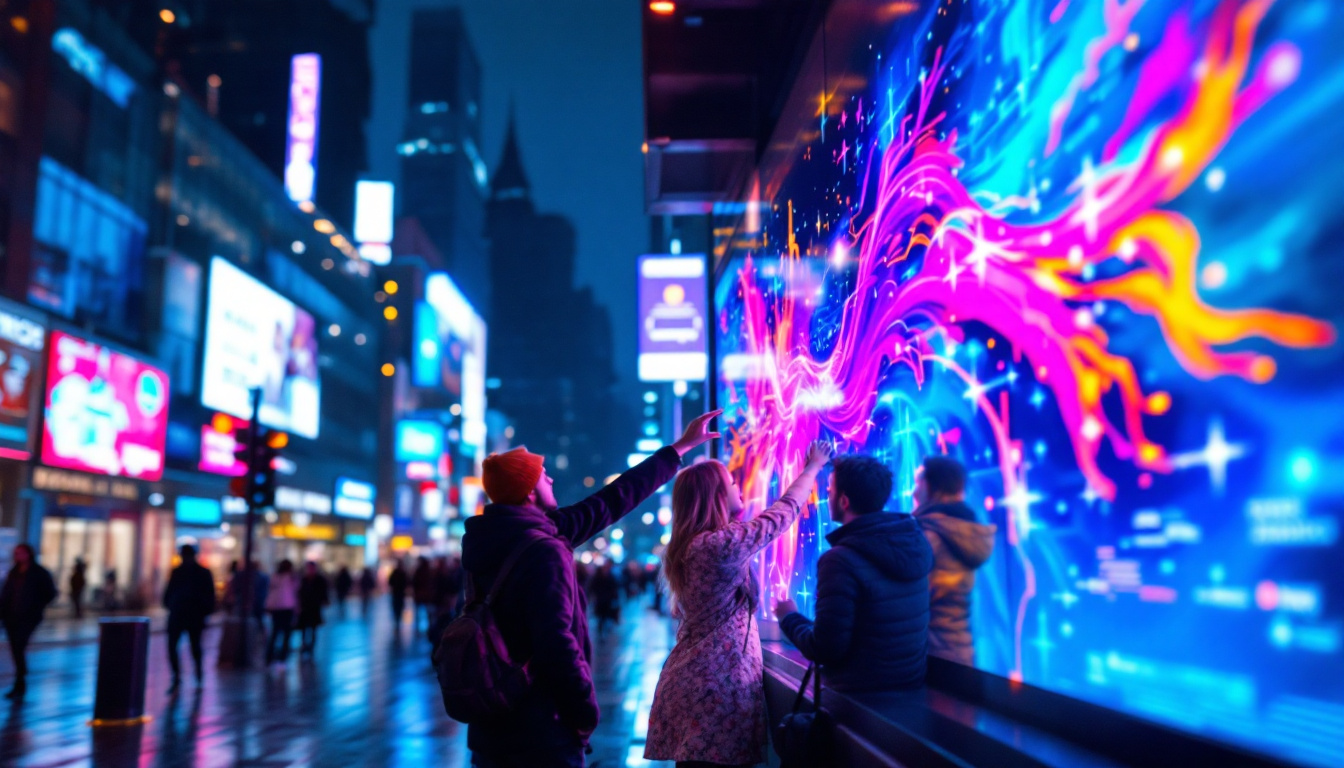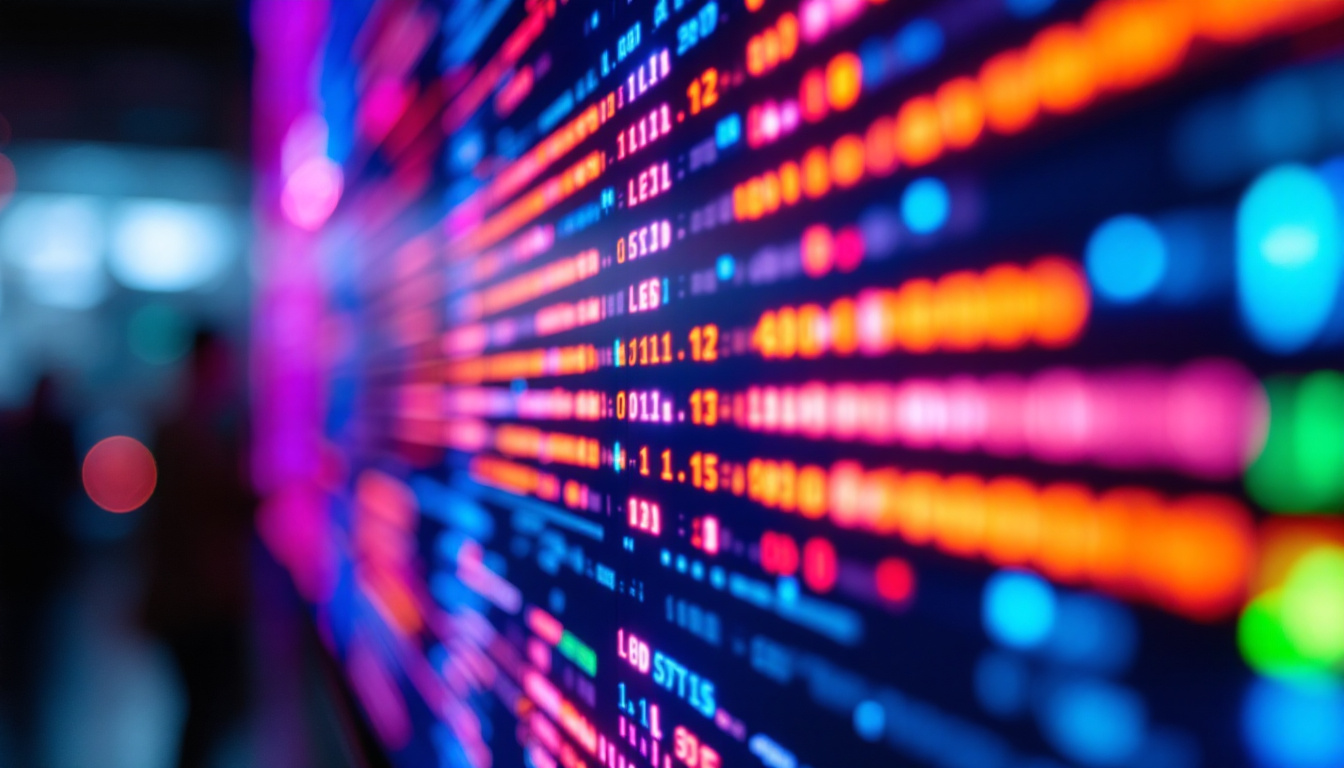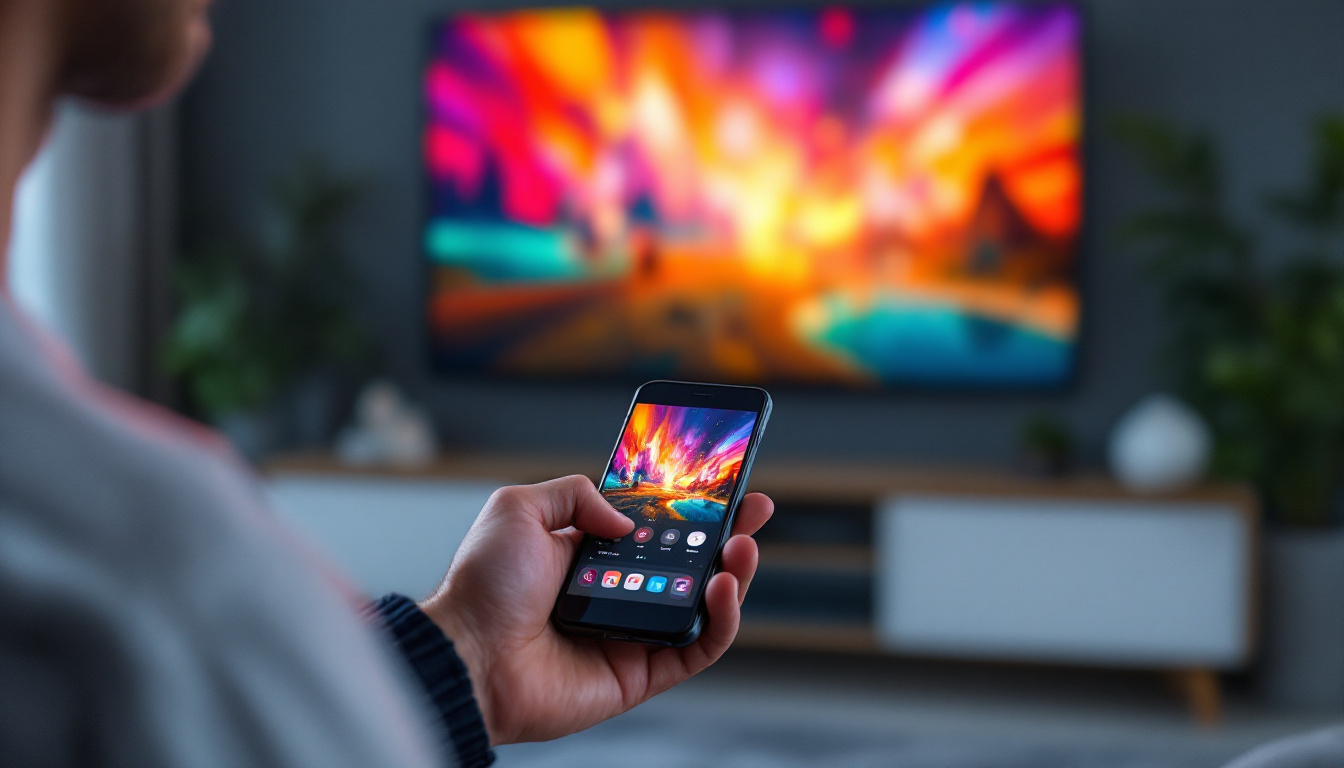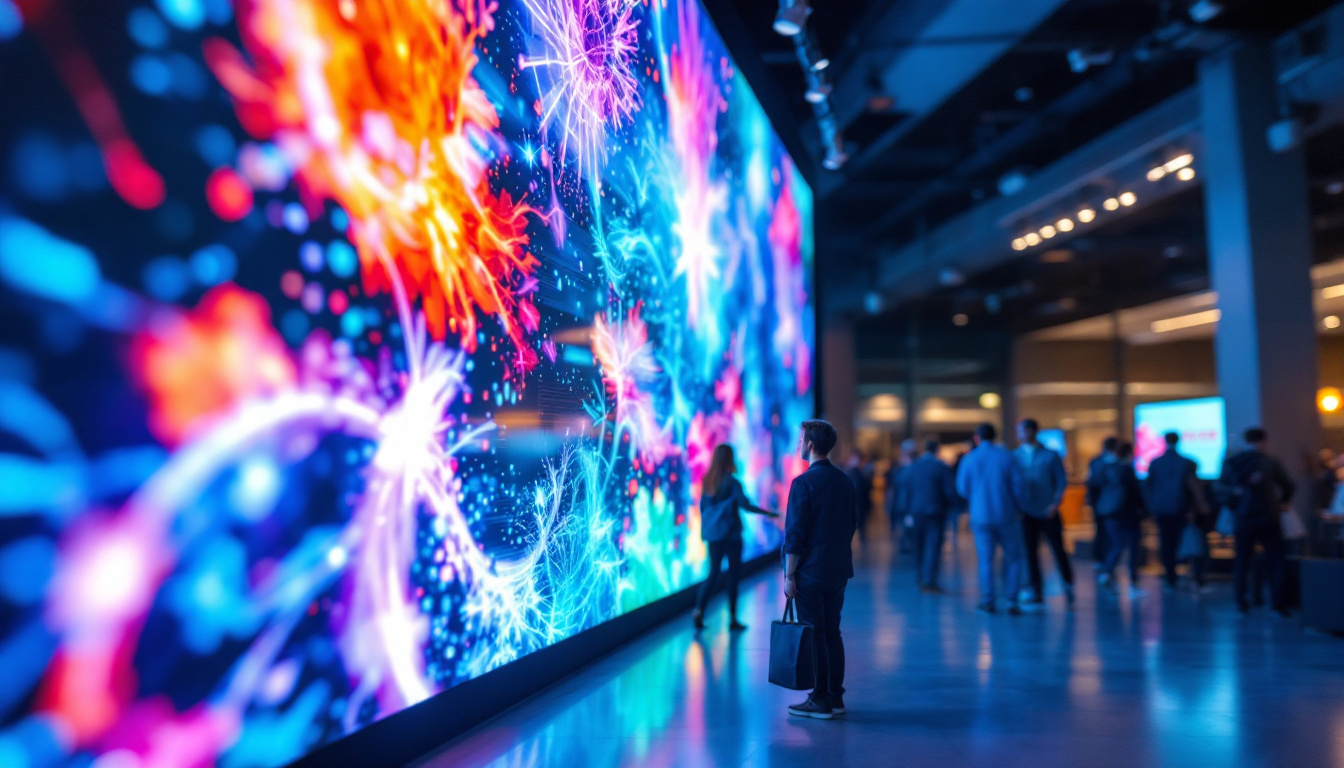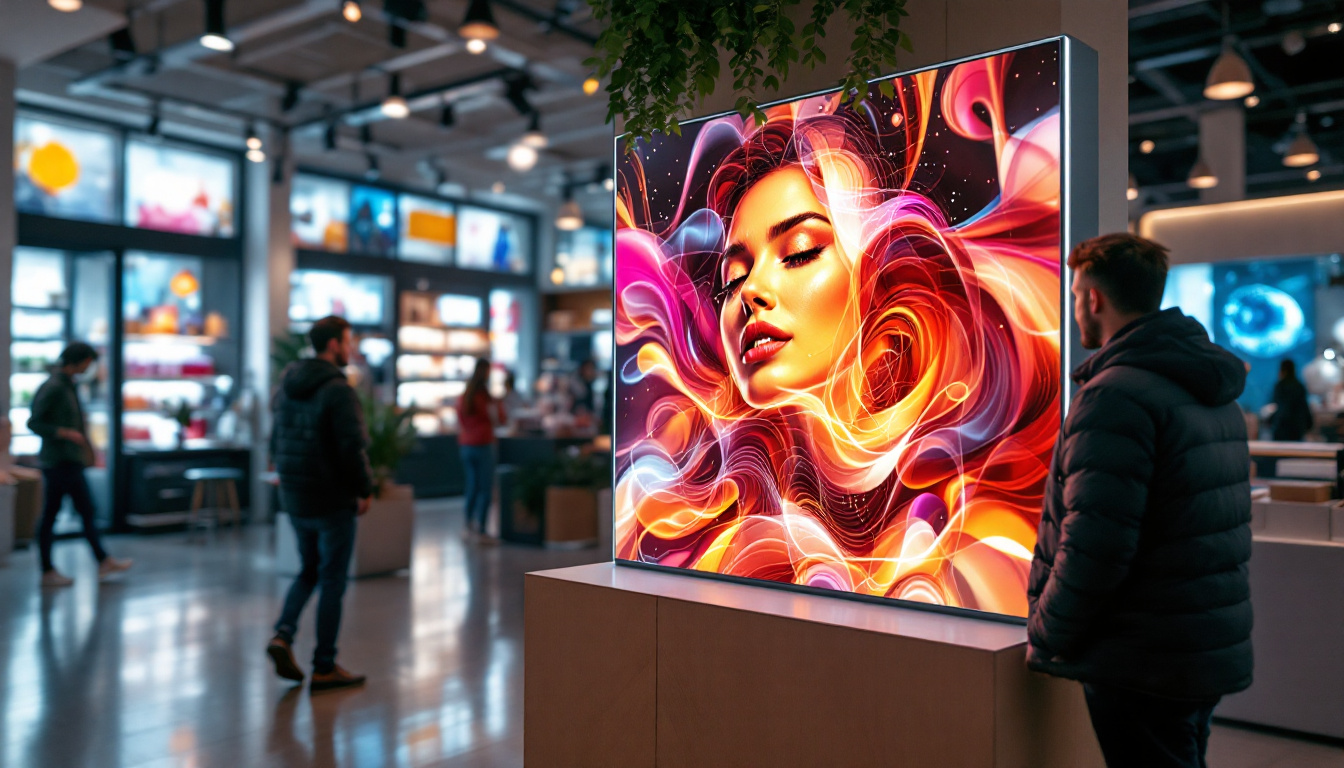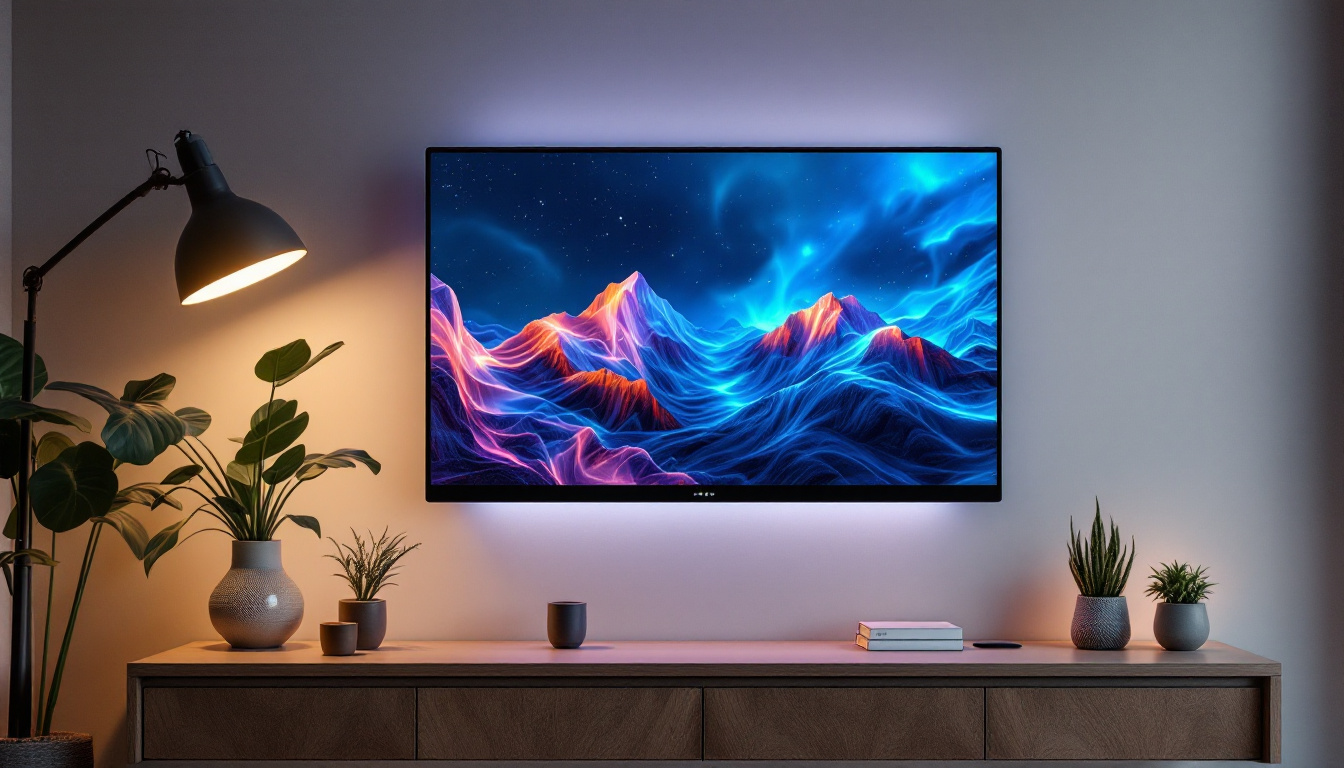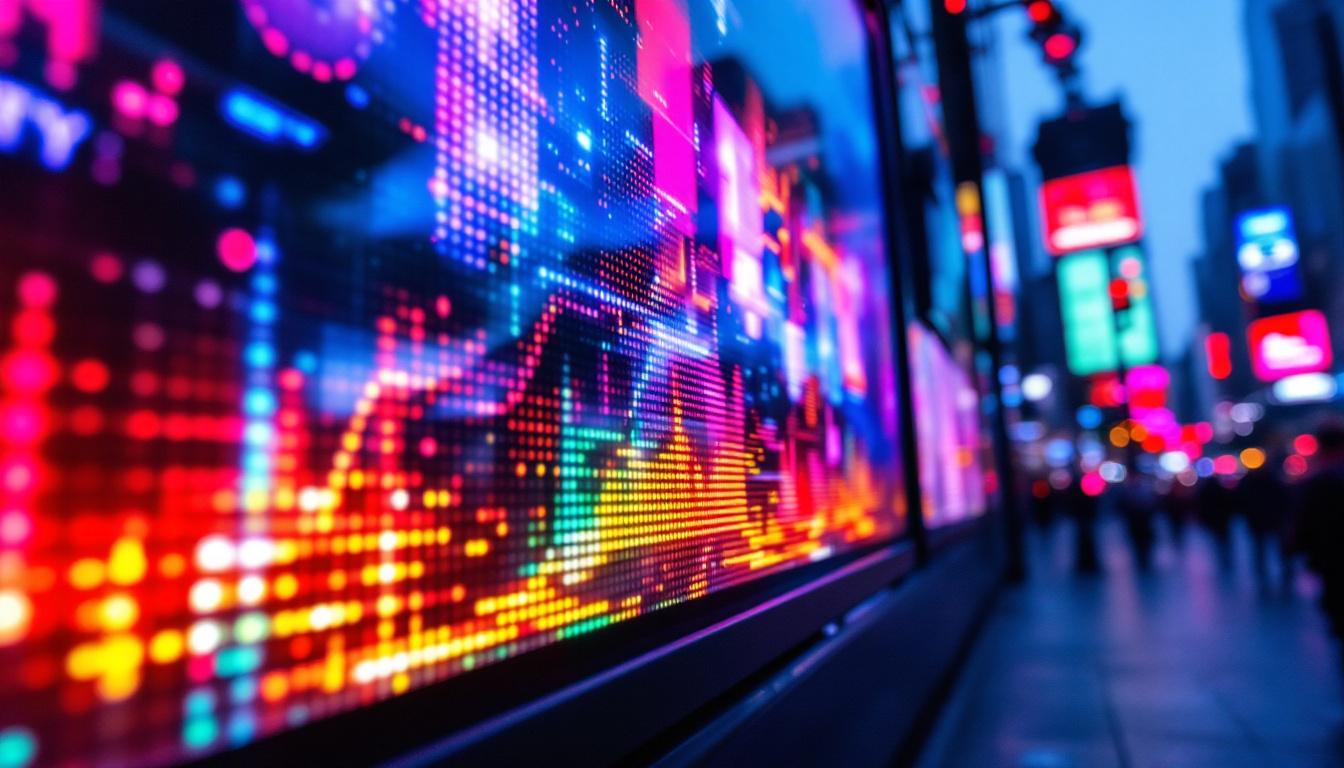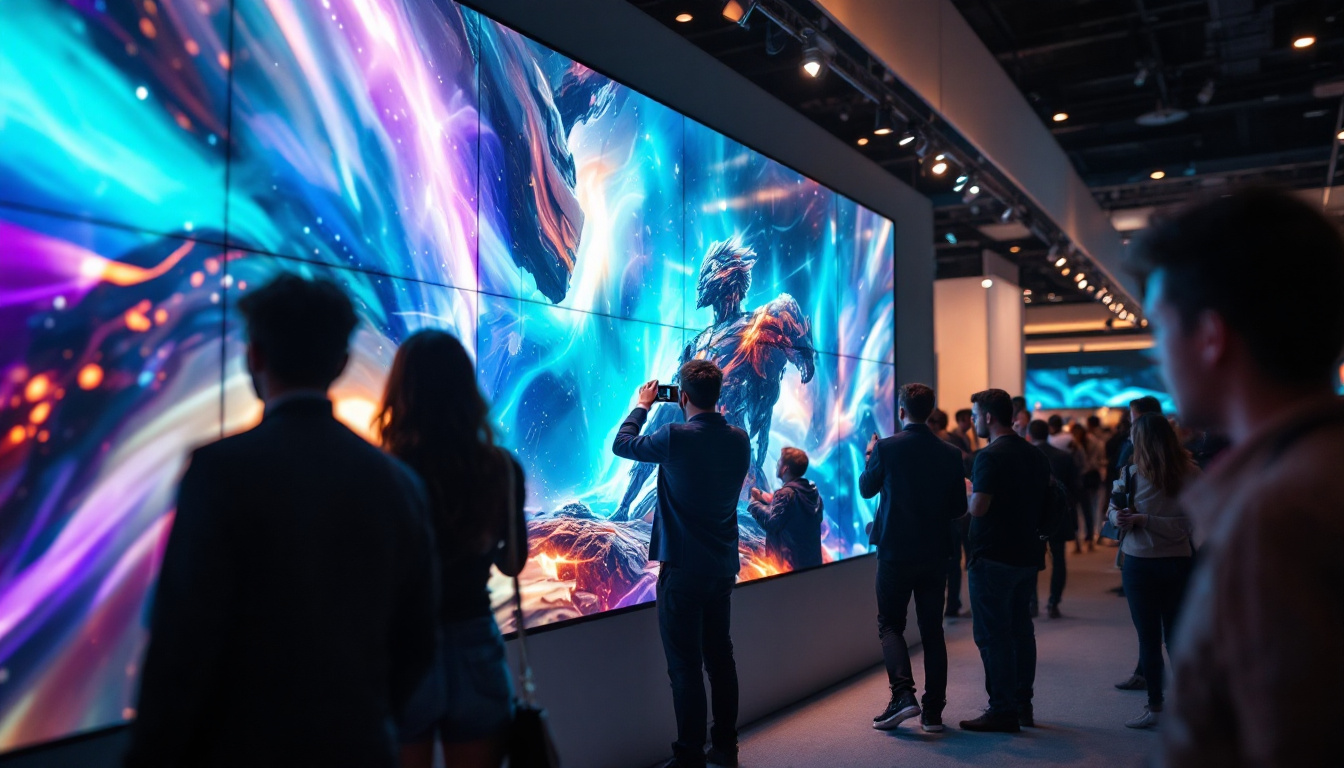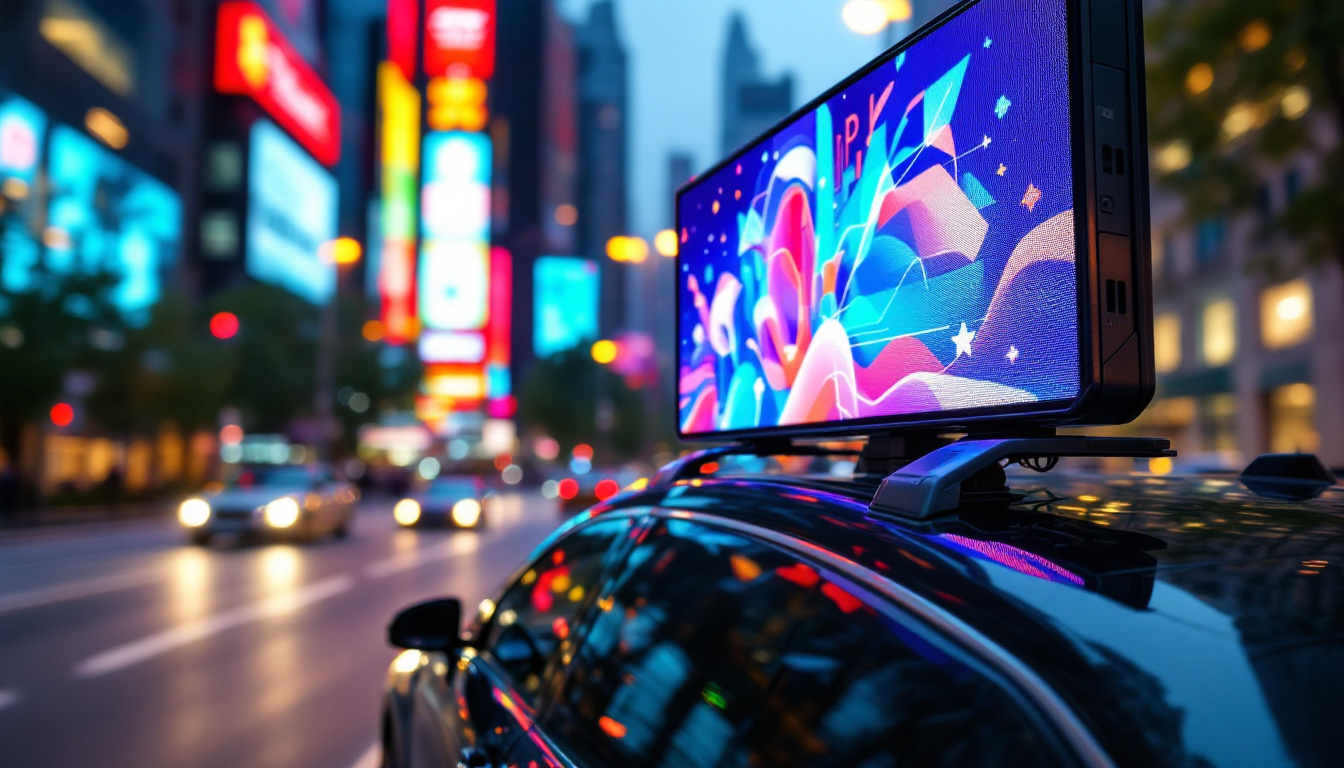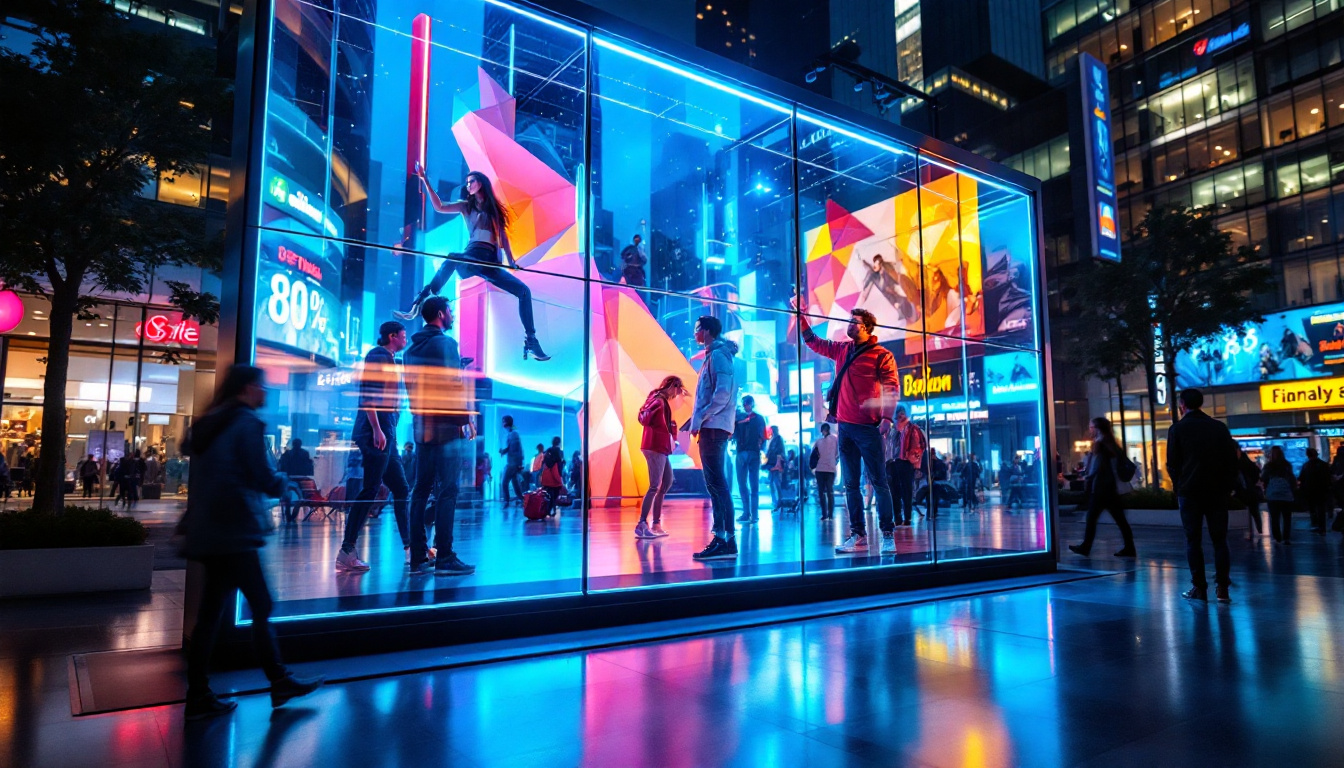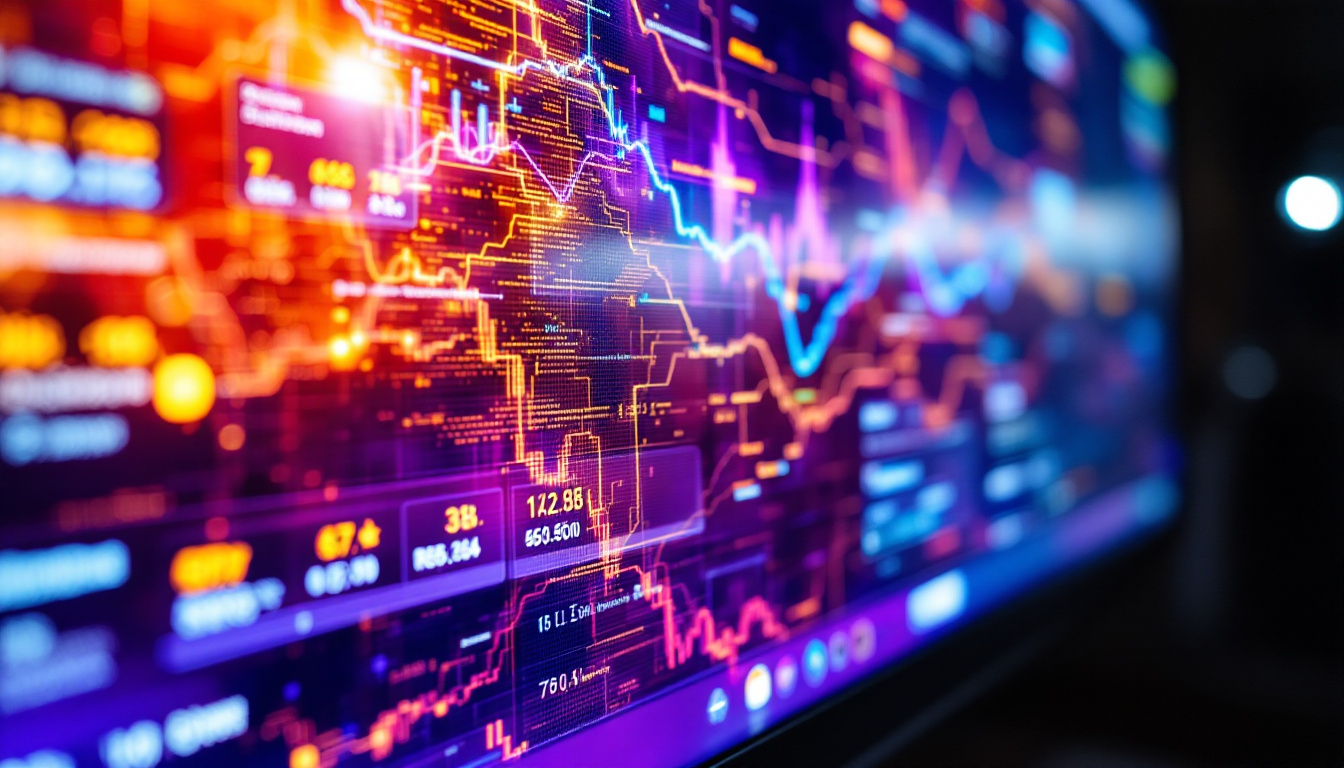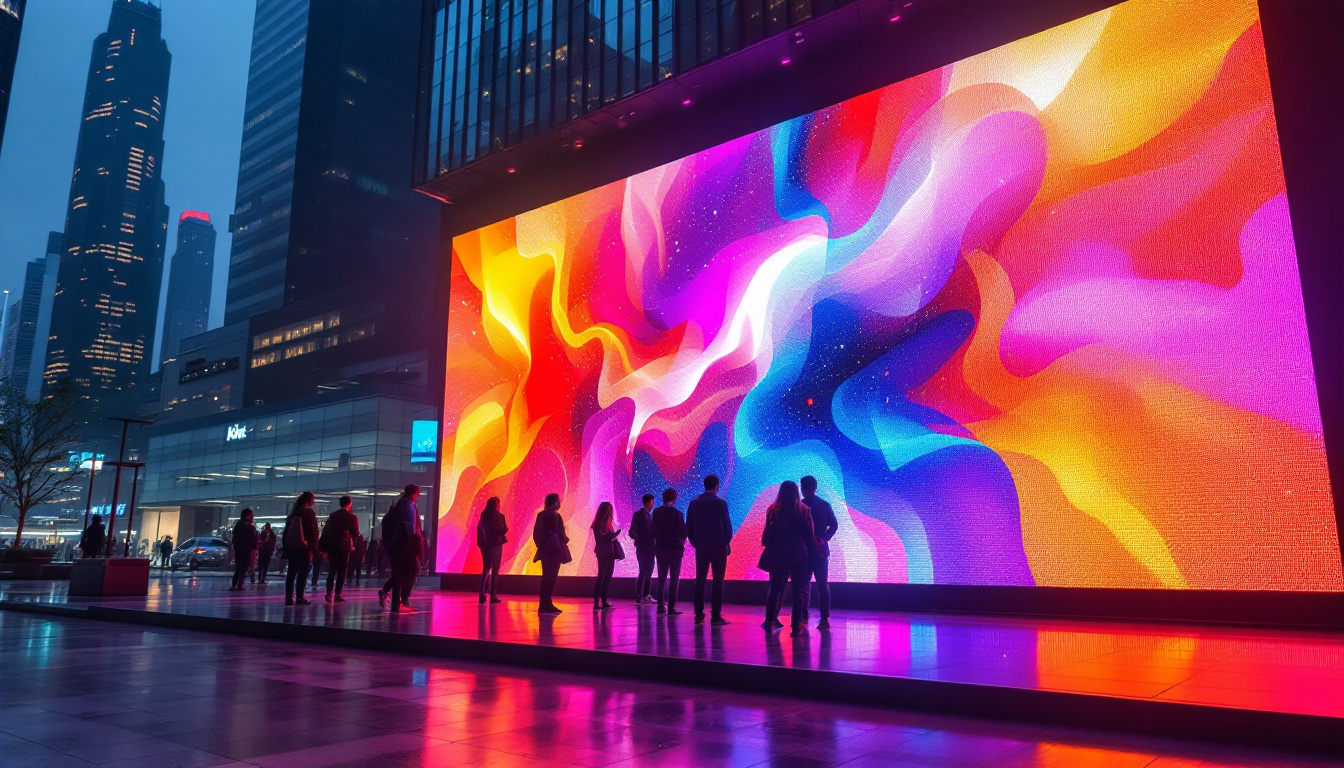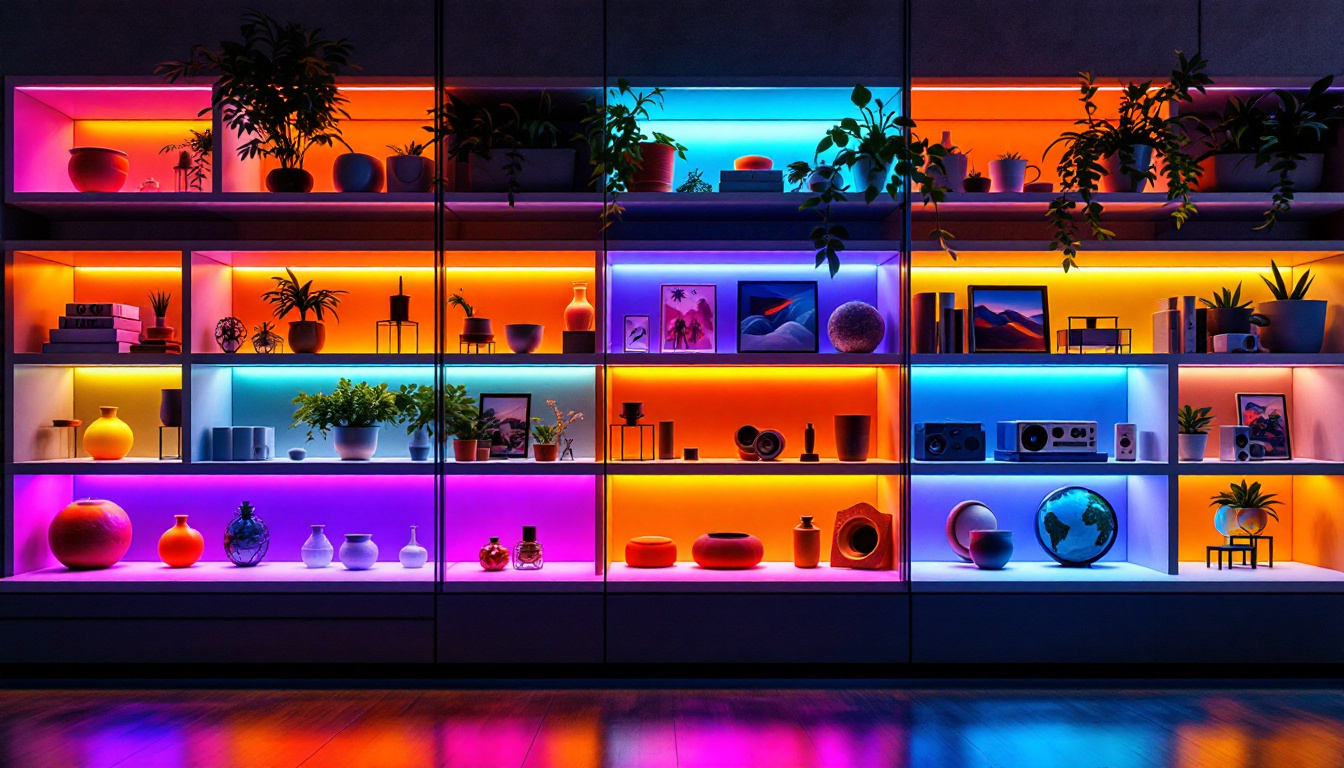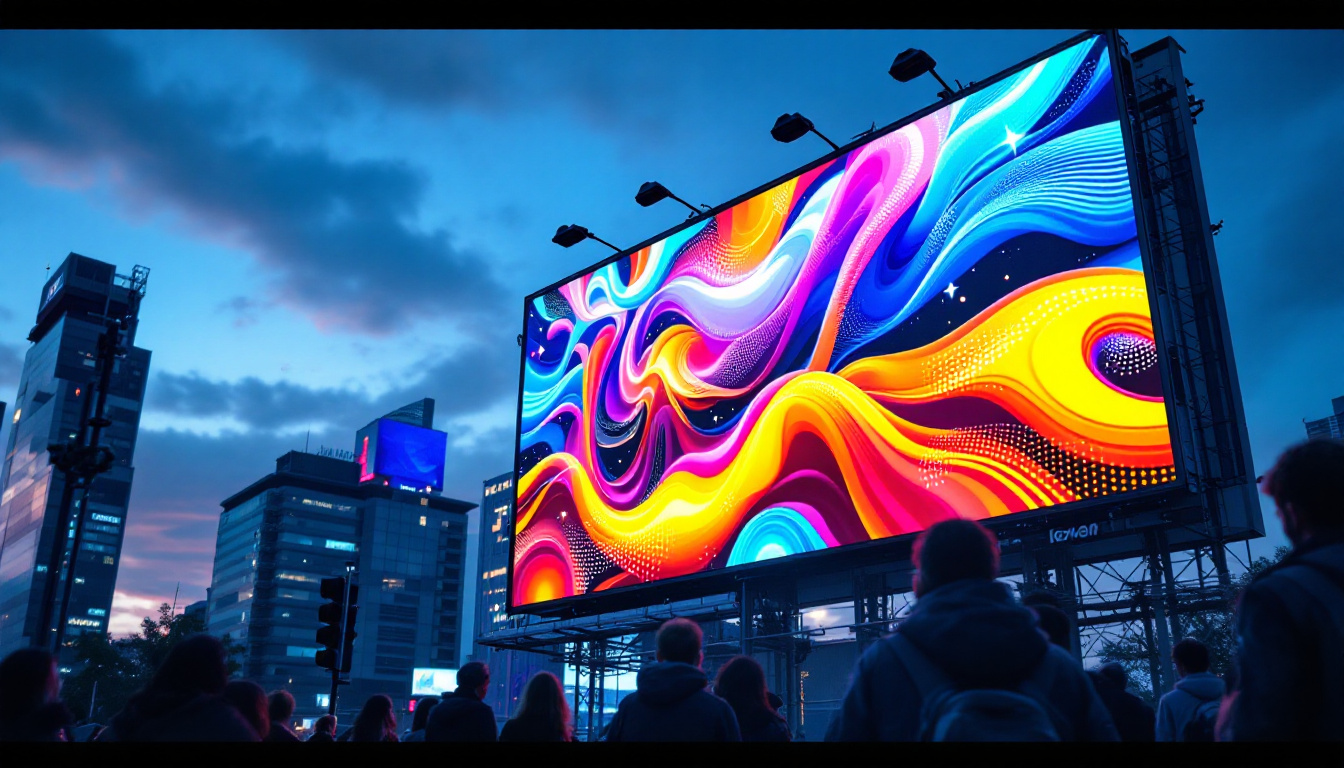In recent years, LED displays have become a ubiquitous part of modern life, found in everything from smartphones to large-scale advertising billboards. The technology behind these displays has evolved significantly, leading to improved performance, energy efficiency, and versatility. This article delves into the intricacies of LED displays, exploring their components, types, applications, and the future of this dynamic technology.
Understanding LED Technology
LED, or Light Emitting Diode, is a semiconductor device that emits light when current flows through it. Unlike traditional incandescent bulbs, which produce light by heating a filament, LEDs generate light through electroluminescence. This fundamental difference in operation leads to several advantages, including lower energy consumption, longer lifespan, and reduced heat output.
The Basics of LED Operation
At the core of an LED is a semiconductor material, typically composed of gallium, arsenic, or phosphorous. When an electrical current passes through the semiconductor, electrons recombine with holes (the absence of electrons) in the material, releasing energy in the form of photons—this is the light we see. The color of the emitted light depends on the energy bandgap of the semiconductor material used.
In addition to the basic operation, the design of the LED itself plays a crucial role in its efficiency and effectiveness. The encapsulation of the LED chip often involves materials that help to protect it from environmental factors while also enhancing light output. This encapsulation can include lenses that focus or diffuse the light, allowing for better control over the illumination and ensuring that the light is directed where it is needed most. Furthermore, advancements in technology have led to the development of RGB (Red, Green, Blue) LEDs, which can create a wide spectrum of colors by adjusting the intensity of each color component, enabling dynamic lighting effects and displays.
Advantages of LED Technology
LEDs offer numerous benefits that make them a preferred choice for display technology. Firstly, their energy efficiency is remarkable; LEDs consume significantly less power compared to traditional lighting options. This not only reduces electricity bills but also minimizes environmental impact.
Moreover, LEDs have a longer operational lifespan, often exceeding 50,000 hours, which means less frequent replacements and lower maintenance costs. Their compact size allows for innovative designs and applications, making them suitable for a wide range of uses, from small screens to massive outdoor displays. In addition to these practical advantages, LEDs are also more durable than traditional bulbs. They are solid-state devices, which means they are less prone to breakage and can withstand shocks, vibrations, and extreme temperatures, making them ideal for both indoor and outdoor settings. This robustness further enhances their appeal in various industries, from automotive lighting to architectural illumination, where reliability and longevity are paramount.
Types of LED Displays
LED displays come in various types, each tailored for specific applications and environments. Understanding these types is essential for choosing the right display for a particular need.
Single Color LED Displays
Single color LED displays are the simplest form of LED technology, typically used for basic applications such as scoreboards or simple signage. These displays usually emit either red, green, or blue light and are often employed in environments where color variation is not a priority. Their straightforward design makes them cost-effective and easy to maintain, which is why they are frequently found in schools, gyms, and public transportation systems. Additionally, single color displays can be highly energy-efficient, making them an environmentally friendly option for businesses looking to reduce their carbon footprint.
RGB LED Displays
RGB LED displays utilize red, green, and blue LEDs to create a full spectrum of colors. By adjusting the intensity of each color, these displays can produce a wide range of hues, making them ideal for video screens and digital billboards. The versatility of RGB displays allows for dynamic content, including animations and videos, enhancing viewer engagement. Moreover, these displays are often used in entertainment venues and events, where vibrant visuals can significantly enhance the atmosphere. With advancements in technology, many RGB displays now come equipped with smart features, such as remote control capabilities and integration with social media feeds, allowing for real-time updates and interactive experiences.
Full-Color LED Displays
Full-color LED displays take the RGB concept further by integrating advanced technology to deliver high-resolution images and videos. These displays are commonly used in advertising, sports arenas, and concert venues. Their ability to produce vibrant colors and sharp images makes them a popular choice for capturing audience attention. Full-color displays often feature high pixel density, which ensures that images remain crisp and clear even from a distance. Additionally, many modern full-color LED displays are designed to be weather-resistant, making them suitable for outdoor use in various climates. This durability, combined with their impressive visual capabilities, allows businesses to create eye-catching advertisements that can withstand the elements and attract customers effectively. Furthermore, the integration of advanced software allows for easy content management, enabling businesses to update their displays with fresh content quickly and efficiently.
Applications of LED Displays
The versatility of LED displays enables their use in a wide array of applications across different industries. From advertising to entertainment, the impact of LED technology is profound.
Advertising and Marketing
One of the most prominent applications of LED displays is in advertising. Digital billboards and signage can display dynamic content that can be updated in real-time, allowing businesses to promote their products and services effectively. The eye-catching nature of LED displays attracts consumers, making them an essential tool for marketers.
Entertainment and Events
In the entertainment industry, LED displays are used extensively in concerts, theater productions, and sporting events. Large LED screens provide audiences with enhanced visuals, ensuring that even those seated far from the stage can enjoy a clear view of the performance. Additionally, the ability to create stunning visual effects and animations adds to the overall experience.
Transportation and Public Information
LED displays are also widely used in transportation systems, providing real-time information to commuters. Bus and train stations often feature LED boards that display arrival and departure times, helping passengers plan their journeys more efficiently. Furthermore, LED displays are used in traffic management systems, displaying important information such as speed limits and road conditions.
Technical Aspects of LED Displays
Understanding the technical specifications of LED displays is crucial for evaluating their performance and suitability for specific applications. Key factors include pixel pitch, brightness, and resolution.
Pixel Pitch
Pixel pitch refers to the distance between the centers of two adjacent pixels on a display. A smaller pixel pitch means higher pixel density, resulting in better image quality and clarity. Displays with a pixel pitch of less than 2.5mm are generally considered suitable for indoor applications, while those with larger pitches are often used for outdoor displays.
Brightness and Contrast Ratio
Brightness is measured in nits, with higher values indicating a brighter display. For outdoor displays, a brightness level of at least 5,000 nits is recommended to ensure visibility in direct sunlight. Contrast ratio, on the other hand, measures the difference between the darkest and lightest parts of an image. A higher contrast ratio enhances image depth and clarity, making it essential for high-quality visuals.
Resolution
Resolution refers to the number of pixels in a display, typically expressed as width x height (e.g., 1920 x 1080). Higher resolution displays provide more detail and sharper images, which is particularly important for applications involving intricate graphics or text. For large displays, maintaining a high resolution is crucial to ensure that images remain clear even when viewed from a distance.
Future Trends in LED Display Technology
The LED display industry is continuously evolving, driven by advancements in technology and changing consumer demands. Several trends are shaping the future of LED displays.
Flexible and Transparent Displays
One of the most exciting developments in LED technology is the emergence of flexible and transparent displays. These displays can be bent or curved, allowing for innovative applications in architecture and design. Transparent displays can be integrated into windows and glass surfaces, enabling new ways to convey information without obstructing visibility.
Improved Energy Efficiency
As sustainability becomes increasingly important, the push for energy-efficient LED displays is gaining momentum. Manufacturers are exploring new materials and technologies to reduce power consumption further. Advances in energy efficiency not only benefit the environment but also lower operational costs for businesses.
Integration with Smart Technology
The integration of LED displays with smart technology is another trend to watch. Smart displays can connect to the internet and utilize data analytics to deliver personalized content based on audience preferences. This capability enhances the effectiveness of advertising and improves user engagement.
Challenges and Considerations
While LED displays offer numerous advantages, there are also challenges and considerations that stakeholders must address. Understanding these factors is essential for successful implementation.
Cost of Implementation
The initial cost of purchasing and installing LED displays can be significant, particularly for high-quality models. Businesses must weigh the long-term benefits against the upfront investment. However, with decreasing prices and increasing competition in the market, the cost barrier is gradually lowering.
Environmental Impact
Although LED technology is more energy-efficient than traditional lighting, the production and disposal of LED displays can have environmental implications. Manufacturers are encouraged to adopt sustainable practices and develop recyclable components to mitigate these impacts.
Technological Obsolescence
The rapid pace of technological advancement means that LED displays can quickly become outdated. Businesses must consider the longevity of their investment and stay informed about emerging technologies to ensure they remain competitive.
Conclusion
LED displays have revolutionized the way information is presented and consumed. Their versatility, energy efficiency, and vibrant visuals make them an integral part of modern communication and advertising. As technology continues to advance, the future of LED displays looks promising, with innovations that will further enhance their capabilities and applications.
Understanding the various types, applications, and technical specifications of LED displays is crucial for making informed decisions. Whether for advertising, entertainment, or public information, LED technology is poised to play a significant role in shaping the future of visual communication.
Explore Cutting-Edge LED Display Solutions with LumenMatrix
Ready to elevate your visual communication strategy with the latest in LED display technology? LumenMatrix is at the forefront of innovation, offering a diverse range of LED display solutions tailored to your unique needs. From captivating Indoor and Outdoor LED Wall Displays to dynamic Vehicle and Sports LED Displays, our products are designed to make your brand shine. Experience the transformative power of our LED Poster Displays, Floor LED Displays, Custom LED Displays, All-in-One LED Displays, and LED Transparent Displays. Embrace the future of advertising and engagement with LumenMatrix’s state-of-the-art LED modules. Check out LumenMatrix LED Display Solutions today and discover how we can help you create unforgettable visual experiences.

